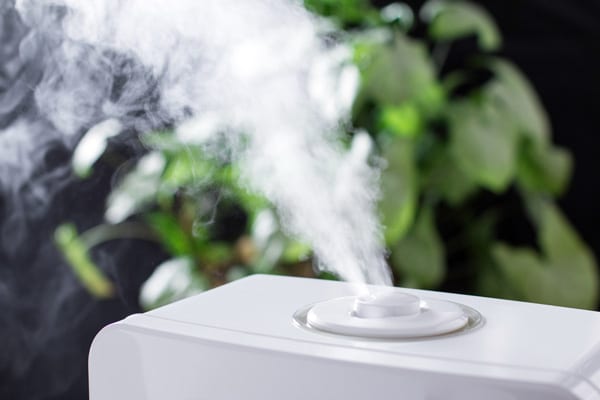How to Add Moisture to Your Home this Winter
Dry air can cause several health problems. As we already all know, the winter air is dry as it lacks moisture than warmer air. Below are a few useful tips that can help maintain moisture in your home this cold season:

1. Set the AC humidity level at 30 to 50 percent
You might think that an air conditioner is unnecessary in the winter, but what many don’t know is that an air-conditioner can serve as a heating system and humidifier at the same time. It knows how to set the right temperature that makes the difference. The ideal temperature is 20 to 22 degrees Celsius during the day and 16 to 19 degrees Celsius at night.
Generally, an air-conditioner can dehumidify your home. But then again, setting the right humidity level can do the trick. 30 to 50 percent is enough to provide comfort and prevent the growth of bacteria inside your home. Check if your air-conditioner is working properly. Otherwise, go to an air-conditioning repair shop near you. It can help your furnace keep your home warm this winter.
2. Humidifier
This device adds moisture to the air by emitting vapor or steam, preventing health problems associated with dry air. Size varies, so find the right humidifier for your home.
3. Use a bowl of water
Don’t have a humidifier? A bowl of water serves as a better alternative. Please place it in the middle of the room or next to the radiator, and the latter will blow away the moisture across the house. The next day, you will notice the water molecules turn into vapor.
4. Hang your clothes inside your room
As your clothes are drying, their moisture evaporates in the air. Please take advantage of it by hanging them inside your room after washing them up.
5. Get a couple of houseplants
Trees and plants release water in the air in transpiration, making them a natural humidifier. Some of the best indoor plants include:
- Dracaena
- Spider plants
- Bird’s nest fern
- Snake plants
- Ponitthos
Getting indoor plants maintains the right amount of moisture in your house and eliminates pollutants as they filter CO2, dirt, and dust in the air. One study shows that they can even filter nicotine from cigarette smoke, so go ahead and place a couple of indoor plants in your home.
6. Boil water
When the water reaches a boiling point, it releases moisture into the air, making the atmosphere more humid. So instead of microwaving your coffee or tea, boil water in a pot or kettle.
7. Shower with the door slightly ajar
Taking a hot shower with the door slightly open allows moisture to seep into your room. But remember to turn the vent off in the bathroom. Otherwise, it will pull the moisture out.
8. Let your bath water cool off
After having a hot bath, let it sit in the tub rather than flushing it immediately. As it cools, the water molecules evaporate, adding more moisture to the air.
What Are the Signs that You Need to Humidify Your Home?
Feeling dehydrated and lethargic.
Body fluids contain electrolytes that help our body function through electric charge, and dry air can draw moisture out of your body. So if you’re feeling more thirsty and lethargic than usual, it can be a sign that the air in your house is too dry.
Feeling cold even with the heater on
Moisture allows heat transfer, making dry air colder than humid air. If you’re constantly feeling cold despite the heater turned up, it’s a sign you need to add moisture to your home.
Cracked lips
Our lips lack oil glands, making them incapable of producing moisture themselves. Thus, they are more prone to cracking when exposed to dry air.
Dry skin
Remember that dry air can suck moisture out of your skin, so pay attention to your arms and legs.
Sore throat
Mucous membranes contain thick fluids that trap germs and bacteria. And the winter air can cause them to dry up, resulting in a rough and itchy throat.
Nosebleed
Dry mucous membranes result in crusts that can bleed when picked or scratched.
Cracked wood or furniture
Your wooden wall and furniture can serve as good indicators if your home lacks humidity. They absorb moisture allowing them to expand. But as the air turns dry, that same moisture is released back into the air, causing them to crack or warp.
The cold and dry air of winter can impose several health problems. So don’t forget to keep warm and add moisture to your home to stay safe and healthy.
















